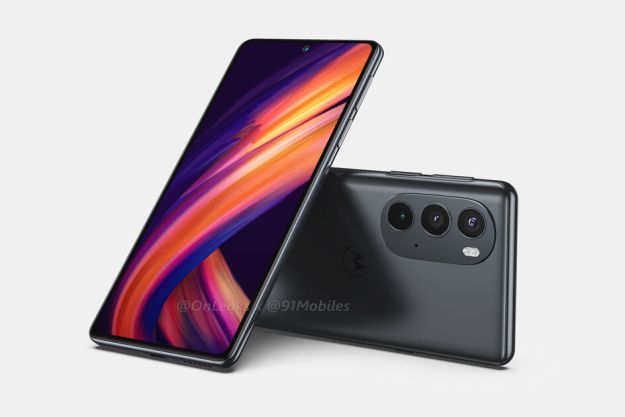
That’s a pretty huge 20 percent faster than the company’s previous flagship modem, and it achieves this speed through carrier aggregation, which uses different frequency ranges to download up to 12 different streams of 100Mbps each. Even upload speeds are fast, at a cool 150Mbps.
The modem isn’t just targeted at faster download speeds. It also supports 3.5GHz, which is used by Citizens Broadband Radio Service. In other words, it will now support private LTE networks. On top of that, it’ll be able to take LTE phone calls on phones with dual SIM cards.
Of course, just because the modem can handle these data speeds doesn’t mean you’ll be able to get those speeds in the real world. First, you’ll need to be one of only a few people using a particular cell tower, and you’ll need to be near a cell tower that can handle each of the frequency bands used by the modem — and that’s assuming your carrier supports the higher speeds in the first place, which is itself unlikely at this point. Last but not least, you’ll first need to buy a phone that has the new modem installed.
Still, the release is exciting — more and more carriers are likely to support higher LTE speeds, and more phones will have the modem built-in later this year. Qualcomm appears to be starting to lay the groundwork for 5G — higher LTE speeds will play a big role in the larger 5G framework down the line.
Editors' Recommendations
- Your next phone could get a huge 5G upgrade, thanks to AI
- Qualcomm’s new Snapdragon 7+ Gen 2 is big news for cheap phones
- Qualcomm’s Snapdragon X35 will bring 5G to your next smartwatch
- Qualcomm’s Snapdragon W5 Gen 1 chip might actually save Android smartwatches
- Qualcomm’s Snapdragon X70 modem pushes 5G to new heights


